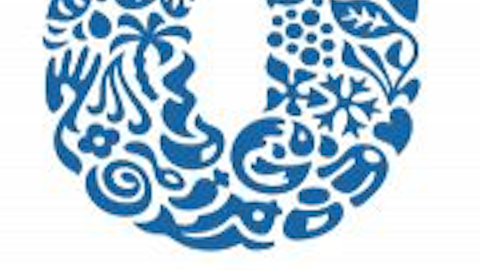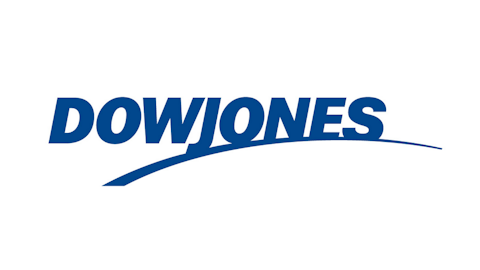The world’s largest consumer products company, with operations in more than 180 countries, The Procter & Gamble Company (NYSE:PG) has seen its shares rise 13.96% year to date, under-performing the Dow Jones Industrial Average by only 1.86% over that time span.
P&G’s core business is divided into two main segments, Beauty & Grooming and Household Care. The company’s brand portfolio includes 25 billion dollar brands, with 50 brands representing 90% of P&G’s sales. Based on market capitalization, the company is valued at $212.05 billion. Fundamentally, the company’s profit margin is relatively strong, with a TTM profit margin of 15.61%.

Strengths:
Incredibly Strong Product Portfolio:
The Procter & Gamble Company (NYSE:PG) possesses one of the strongest product portfolios in the world, with 25 billion dollar brands; with this incredibly strong product portfolio comes a greater level of security and predictability for investor
Historic Revenue Growth:
In 2003, P&G reported revenue of $43.37 billion; in 2012, the company announced revenue of $83.68 billion, representing year over year annual growth of 7.58%, a strong trend that is highly anticipated to continue into the future with projections placing 2017 revenue at $103.80 billion. This growth has been a result of consistent product innovation and several major acquisitions.

Institutional Vote of Confidence:
58% of shares outstanding are held by institutional investors, representing over $120 billion in investment, displaying the confidence some of largest investors in the world have in the company and its future
Strong Cash Flow:
In 2012, the company generated $12.11 billion in cash flow, giving the company the financial strength to pay out its dividend, which yields 3.11%.
Margin Expansion:
Over the past decade, P&G’s quarterly profit margin has expanded from 12.50% to the current 18.30% level, an extremely advantageous trend of the company.

- Diversified & Established Business:
P&G sells a broad array of products in more than 180 countries, with more than $83 billion in revenue in 2012; with this diversified and established business comes a greater level of predictability and security for investors.

Relatively Low Volatility:
At the moment, the company carries a beta ratio of 0.46, representing a company trading with considerably less volatility than the overall market, a strength for long-term investors
.
Weaknesses:
- Net Debt:
The Procter & Gamble Company (NYSE:PG)’s $6.6 billion in cash and cash equivalents is outweighed by its $46 billion debt load, resulting in a net debt of roughly $39 billion, $14.37 per share, a minor financial weakness of the company.

Opportunities:
Dividend Growth:
Since implementing its dividend program in 1891, P&G has consistently raised their dividend payouts.

Market Share in Fabric Care:
The Procter & Gamble Company (NYSE:PG)’s market share of the global fabric care market (2008: 31.1%, currently: 30.4%) market share of the global surface, dish, and air care market (2008: 20.0%, currently 20.1%); any gain in market share could fuel growth and sales
.




